Another popular style is the lidded bin. This design helps protect contents from moisture and dust, making it suitable for storing spare soaps, grooming accessories, or hygiene products. Clear plastic bins are also widely used, as their transparency allows users to see the contents without opening them. These are especially useful in shared bathrooms where multiple people store personal items.
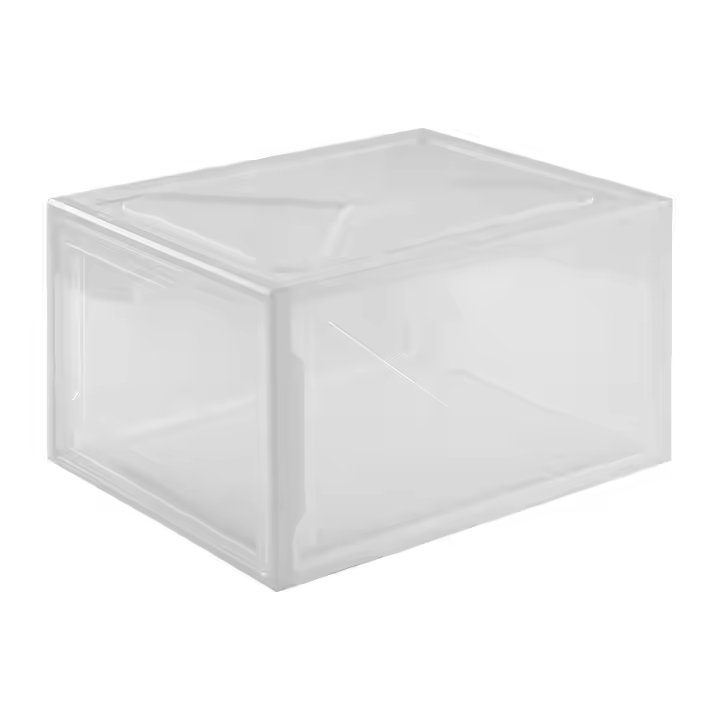
Fabric bins with handles bring a softer look to the bathroom and are easy to carry from one room to another. Some styles even feature compartments, allowing households to sort items such as brushes, razors, and small bottles neatly. Decorative woven bins, made from bamboo or rattan, combine function with appearance, adding a natural touch to the bathroom environment.
Storage boxes remain essential for keeping homes tidy, but new trends have shaped how they are designed and used. One noticeable trend is the use of transparent and semi-transparent boxes. These make it easier to identify contents quickly without opening lids, saving time when managing household items. Stackable designs have also gained popularity, as they help maximize vertical space in closets, garages, and storage rooms.
Another growing trend is modular storage systems. These boxes can be combined in different arrangements to fit various spaces, making them versatile for both small apartments and larger homes. Lightweight materials, such as durable plastics and foldable fabrics, are being used more often, reflecting the need for convenient solutions that are easy to move or store away when not in use.
Sustainability has also influenced the design of storage boxes. Recycled and eco-friendly materials are increasingly available, offering households a way to stay organized while reducing environmental impact. In addition, some boxes now feature modern finishes and neutral colors, allowing them to blend seamlessly with interior decor instead of being hidden away.
Functional features are another aspect of these trends. Boxes with wheels, built-in labels, or adjustable dividers provide added convenience. These innovations reflect the demand for organization solutions that are not only practical but also adaptable to changing household needs. The new trends highlight how storage boxes have evolved from simple containers to multipurpose tools that combine utility with thoughtful design.
Home standing storage racks are valuable tools for organizing kitchens, living rooms, bedrooms, and garages. An important factor to consider when selecting one is load capacity, which determines how much weight the rack can safely hold. Different racks are designed for different purposes, and their load capacities vary accordingly.
Lightweight racks, often made from plastic or thin metal, are suitable for holding everyday household items such as toiletries, folded clothes, or small kitchen supplies. These may hold between 5 to 10 kilograms per shelf, making them appropriate for light storage. Medium-duty racks, often constructed from thicker metal or wood, can support heavier loads like books, dishes, or storage bins. These typically hold around 15 to 25 kilograms per shelf.
Heavy-duty standing storage racks are designed for garages, basements, or laundry areas where bulkier items are stored. With reinforced frames, these racks can support 50 kilograms or more per shelf, making them reliable for tools, equipment, or larger containers. Adjustable designs are also available, allowing households to adapt shelf height depending on the size and weight of stored items.
By understanding load capacity, households can choose a home standing storage rack that matches their needs. Proper selection ensures both safety and durability while helping keep living spaces neat and organized.

 English
English 中文简体
中文简体


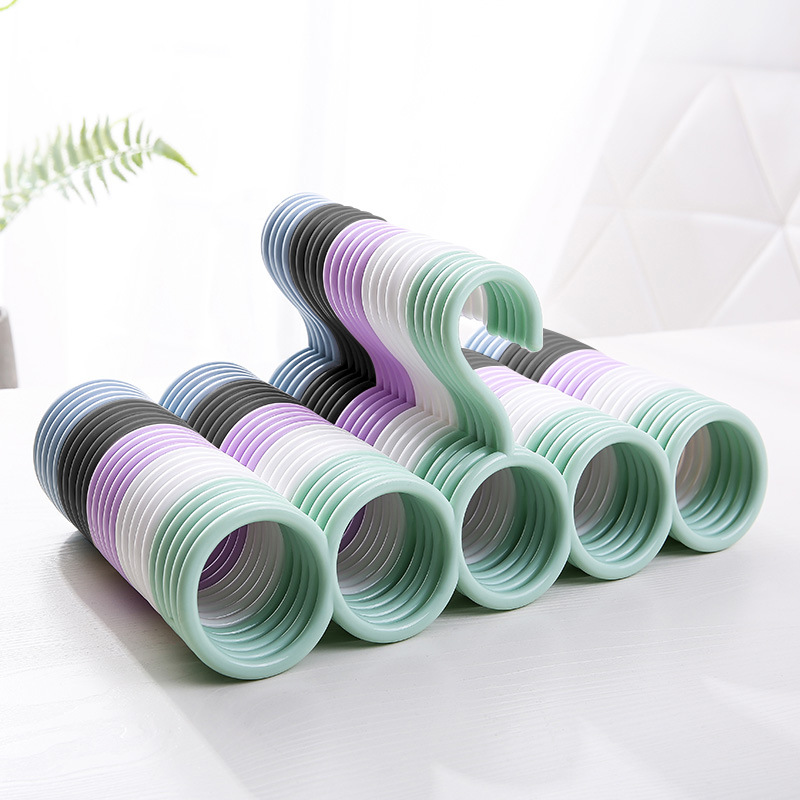
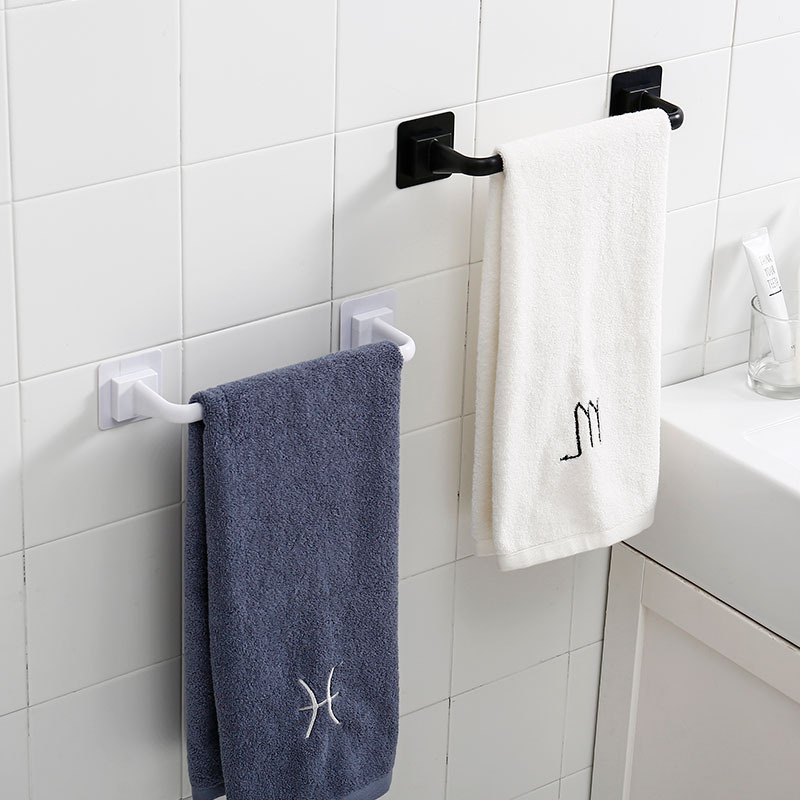
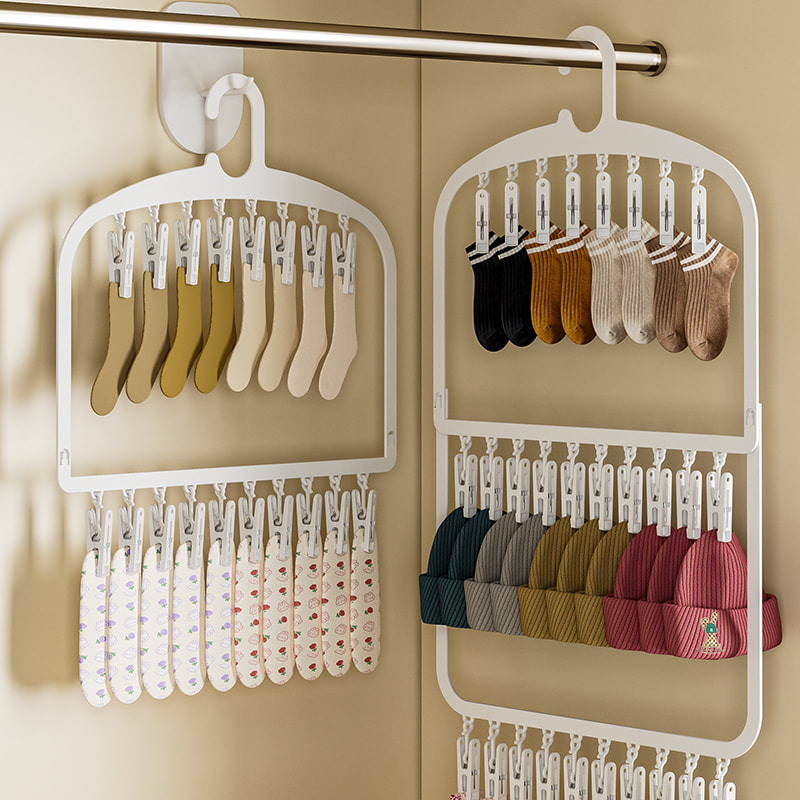
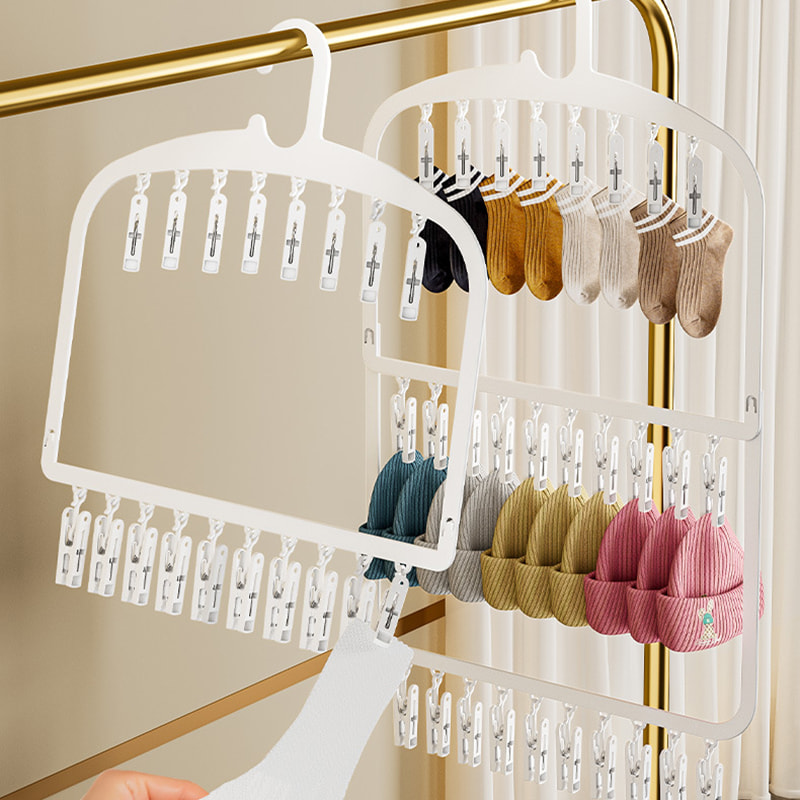
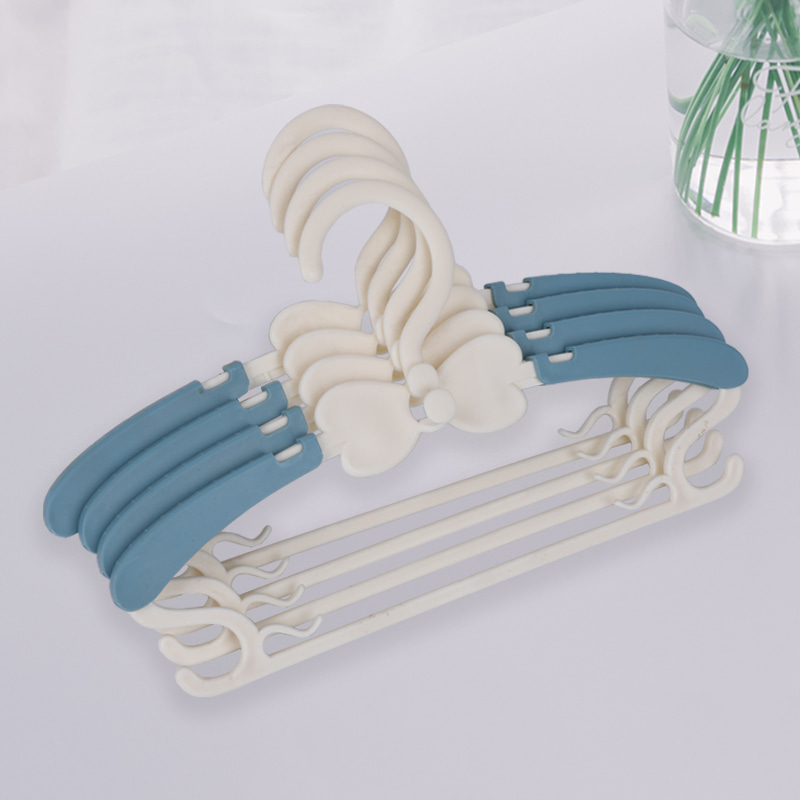
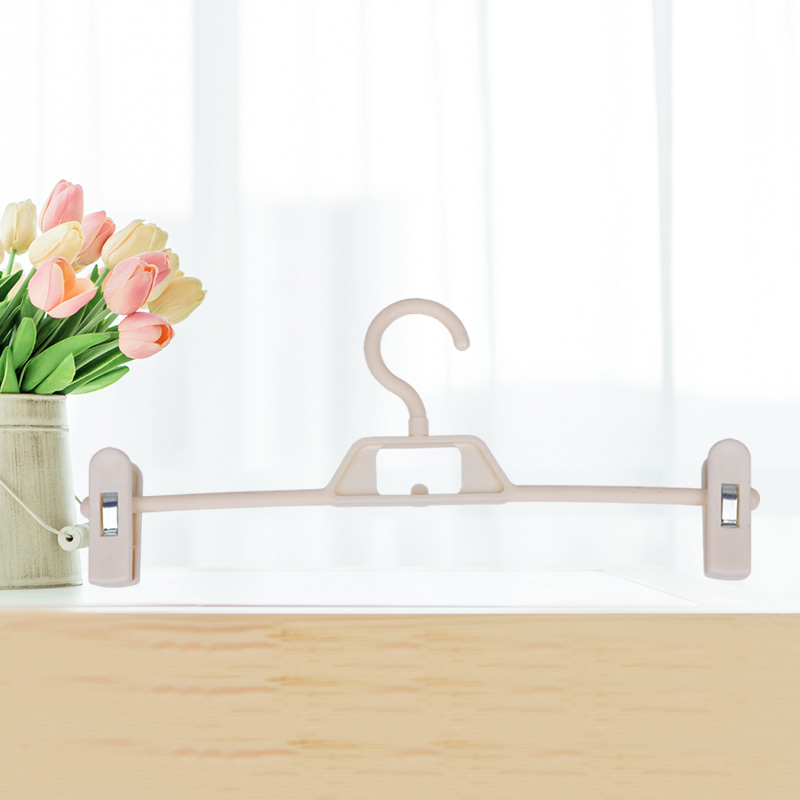
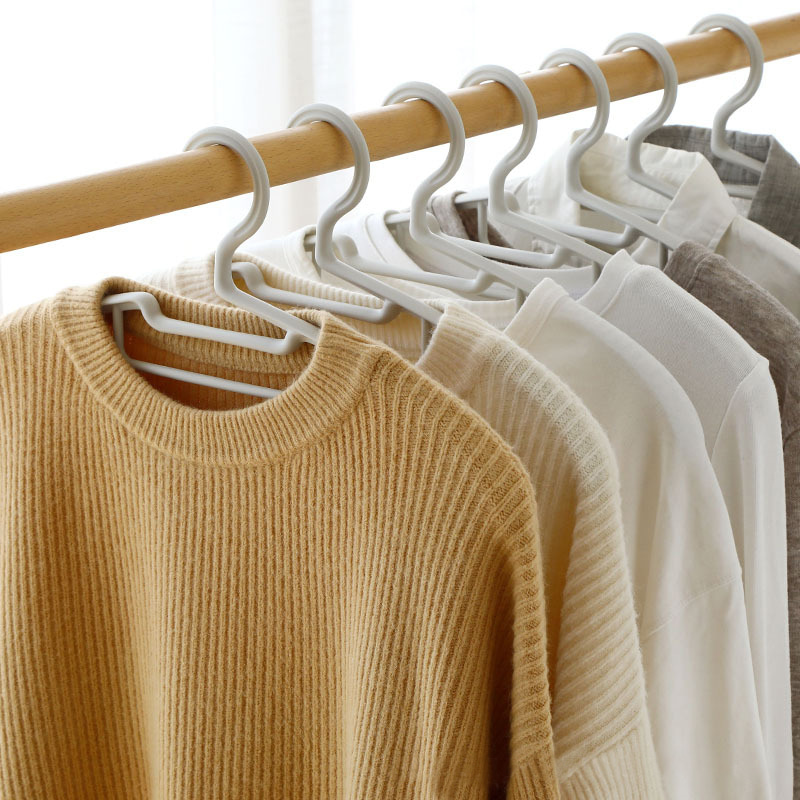
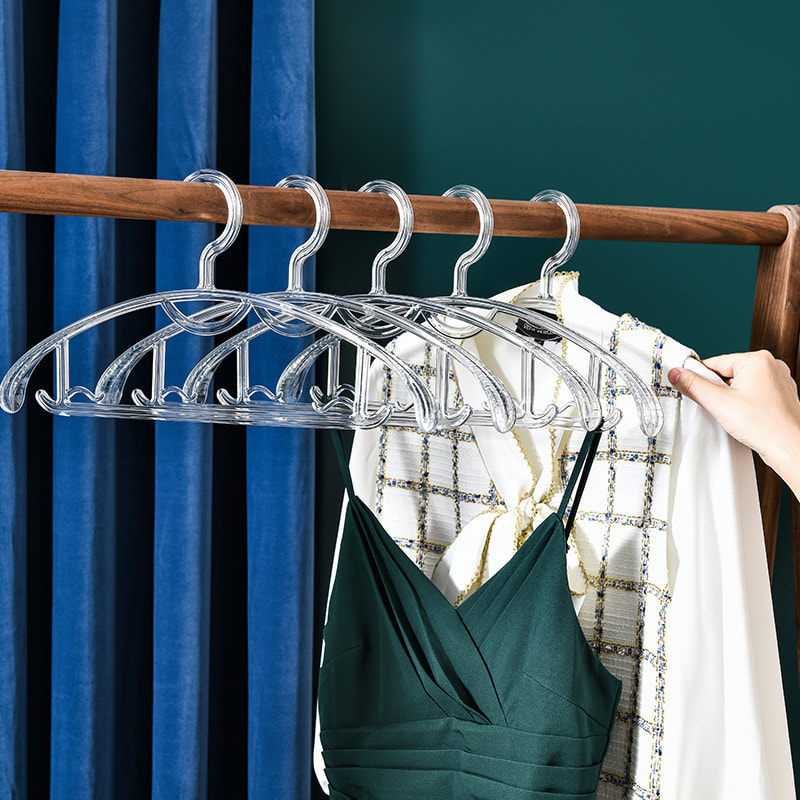
 Phone
Phone
 Email
Email